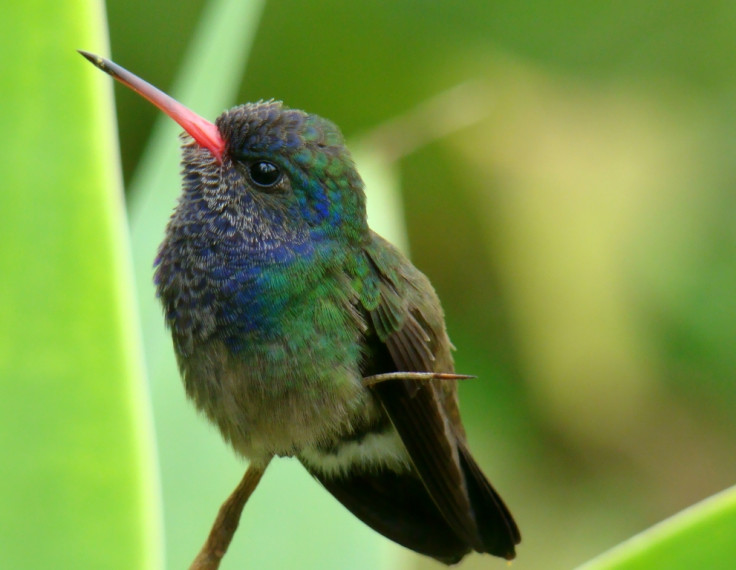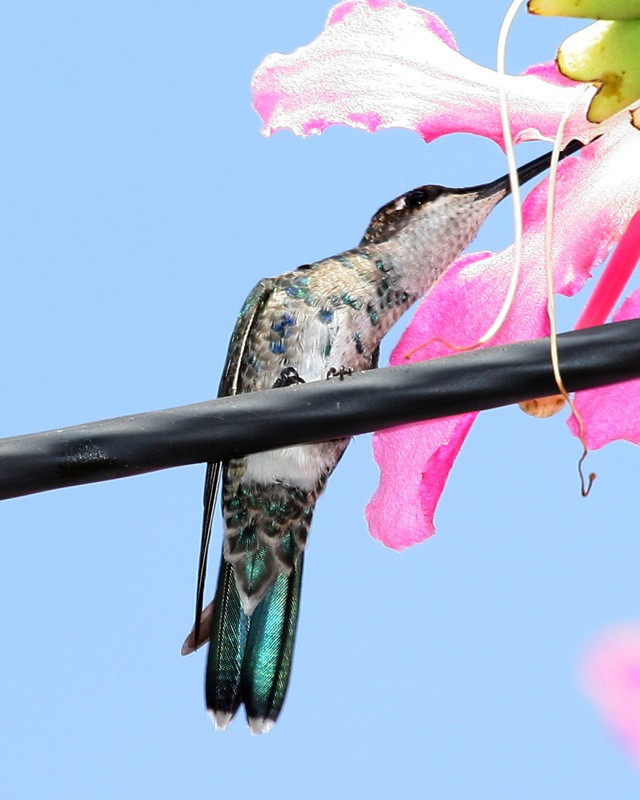Hummingbird Evolution: 22 Million-Year-Old Family Tree Shows Rapid Change

Hummingbirds evolved and diversified at an exceptionally fast rate, and are still doing so today, researchers have discovered.
Published in the Cell Press journal Current Biology, scientists have for the first time mapped the tiny species' 22 million-year-old family tree.
Researchers from the University of California, Berkeley, spent 10 years looking at how modern hummingbirds have ended up living and eating what they do today.
The scientists analysed 284 of the 338 known species of hummingbird and discovered rapid and ongoing diversification, which began when the ancestral hummingbirds split from the swifts and treeswifts 42 million years ago.
The authors found that while all species of hummingbird need flower nectar to sustain their high metabolisms and hovering flight, flowers and bill shapes have evolved and driven the formation of new species, both of hummingbird and plant.
These changes have also meant up to 25 different species of hummingbird can live in the same area.

Researcher Jim McGuire said: "Hummingbirds have essentially been reinventing themselves throughout their 22-million-year history.
"One of the really cool features of hummingbird evolution is that they all eat the same thing yet have diversified dramatically. It really is a big surprise that hummingbirds have divided the nectarivore niche so extensively."
The family tree showed the ancestral species to all modern hummingbird moved to South America around 22 million years ago – at which point diversification expanded rapidly.
The Andes became a "hotspot" for evolution, while new land areas in North America and the Caribbean allowed for even further changes to take place. In North America, bee hummingbirds became prevalent around five million years ago, resulting in fast rates of speciation – the process where biologically new species arise.
The researchers say their findings suggest the hummingbird has an exciting future: "Our findings strongly indicate that hummingbirds remain engaged in a dynamic diversification process, filling available ecological and spatial niches across North America, South America, and the Caribbean," the authors said. "Thus, the dramatic radiation of this unique avian lineage is far from complete."
© Copyright IBTimes 2025. All rights reserved.






















